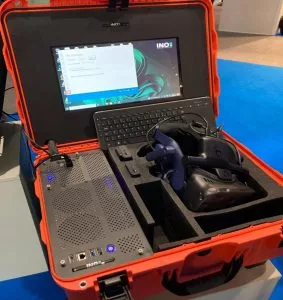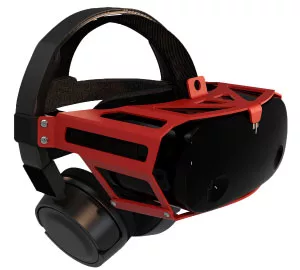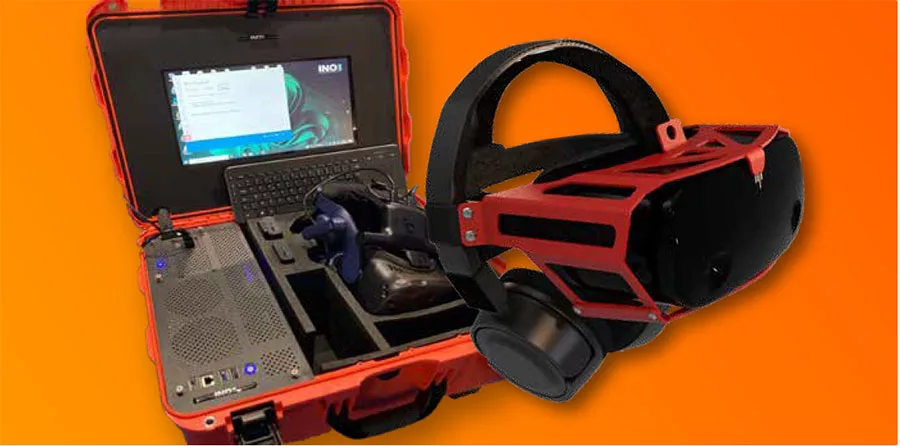Upon arriving at the show, Audace was struck by the simplicity of this 25th edition. Gone are the bird’s-eye view simulator (Birdly, Laval Virtual 2015), swimming with dolphins in a real pool (Dolphin Swim Club, Laval Virtual 2018), or first steps on the moon with gravity compensation (Apollo Moon Operations presented by Iceberg in 2019). The days of heavy demonstrative installations (such as motorized seats or walking pads) and experiential attractions are over. These are likely now more suited to confidential uses and niche markets and have left the professional days of the show.
In a reverse trend, certainly indicative of the maturity achieved by immersive technologies, exhibitors are now focusing on large-scale deployment. Moreover, VR or AR headsets are not the be-all and end-all of content delivery platforms. Many players are offering multiplatform solutions that are accessible across various devices.
Once the immersive training is completed and validated, scaling up can be a real logistical challenge. When deploying a large number of headsets or training many users, it is necessary to ensure the transportation and storage of equipment, the installation and updating of software, the charging of headsets and accessories, their protection, hygiene measures, and more.
Audace offers assistance for these practical steps. The agency is constantly on the lookout for the best hardware and software solutions to help with this. Laval Virtual showcased some innovations in this area!
Feedback from the show on hardware
The Ino VR case: The company offered a wide range of custom storage solutions. Gone are the traditional foam inserts (custom-cut to store equipment). The cases now include charging solutions with a single cable to charge an entire kit (headsets, controllers, additional batteries, etc.). The Audace team was impressed by the cases that also integrate a powerful PC to run VR applications and a screen (with the option to include a router for multiplayer applications). This solution, ensuring ease and security of transport, is well-suited for trainers traveling to different sites.

The company TitanSkinVR offers protective frames for most virtual reality headsets. This solution safeguards headsets against theft, damage, and accidental pressure. It is particularly relevant in contexts where many users (not always careful) use the equipment in succession, such as in training centers.

On the software side: simplifying fleet management
Managing a fleet of headsets can be challenging, especially when the devices are distributed among several trainers operating in distant training centers. Few providers offering solutions to simplify this management have been identified.
The company ArborXR emerged at this Laval Virtual. Their SaaS solution, ArborXR, is distributed in France by several partners, including Matts Digital. It allows for remote management of a fleet of AR or VR equipment:
- inventory and configuration of devices
- remote installation of content and updates,
- access to data on device health to facilitate maintenance diagnostics (battery, network, storage, OS, etc.),
- access to what the user sees in the headset to assist them if needed

